Sephardic Tradition for Rosh Hashanah
My family has a unique culinary heritage, migrating from the Holy Land to Spain; my ancestors lived and flourished in the Golden Age for centuries. The Golden Age was a time of religious tolerance in Spain’s history from around 711 to the 13th century, an age of civility, poetry, enlightened medicine, and delightful cuisine. If you visit Spain today, you will find influences in art, architecture, poetry and the ethnic makeup of the people left from their presence in cities like Toledo, Barcelona, and Seville. The history of Spain is full of famous Jewish physicians and various advisors to the ruling caliphate.
When times changed and Jews faced the cruel expulsion edict by Queen Isabella (1492), my ancestors chose an escape route, heading east, along Mediterranean shores. Ultimately, they settled in parts of the Ottoman Empire, centered in Turkey. The Sephardic people took this route at the Sultan’s invitation, as he welcomed us into his lands.
The Sephardim settled in exotic places like Salonika, Rhodes, and Turkish cities and towns.
 In these Mediterranean, cerulean blue skied islands and coastal towns my family found a safe haven where they would flourish. They lived a gracious life style with family and friends, indulging in the abundance of regional foods with which to create holidays and celebrations. From an elaborate afternoon coffee time called La Tavla de Dulce (the tray of sweets) to this Rosh Hashanah feast, my mother, grandmother, and great grandmothers used local fresh ingredients.
In these Mediterranean, cerulean blue skied islands and coastal towns my family found a safe haven where they would flourish. They lived a gracious life style with family and friends, indulging in the abundance of regional foods with which to create holidays and celebrations. From an elaborate afternoon coffee time called La Tavla de Dulce (the tray of sweets) to this Rosh Hashanah feast, my mother, grandmother, and great grandmothers used local fresh ingredients.
The influences from Spain to the Eastern Mediterranean on the cuisine of the Sephardim were truly incredible. This part of the globe features much fine cooking and sophiscated flavors. Jewish dietary law with rules about useable ingredients and combining gives the cuisine a unique difference.
Now that I represent the next generation of Sephardic home cooks I put my American influence into the mix and the cuisine continues to evolve. Sephardic Jewish cuisine is a culinary heritage, rich in the diversity of vegetables, grains, fruits, honey, and spices that reflect the regions traveled by my family. Some of the best ritualized tasting happens at the Jewish New Year’s Eve dinner, after sundown.
Our tradition is to make a Seder, similar to the Passover Seder, which means order, showcasing particular foods, each one with its own specific symbolism. History has taught us that the future will always be uncertain so we pray for blessings on our home, family, and on all humanity while indulging, with our guests, in this year’s fall harvest.
This evening meal is a cook’s opportunity to be traditional as well as to create new symbolic dishes with a modern twist. For me this meal is my way to show my deeply felt love for family, faith, and tradition. Family and friends being together should be a memorable occasion. Good food, made with your hands and heart, is a way to embrace all those whom you love. Sephardim traditionally believe in mysticism, the healing energy of prayer, and blessings.
Symbolic Appetizers for a Happy New Year (Yehi Ratzones)
I incorporate as many symbolic foods as possible into the dinner starters. There is no set rule and every family has their own favorites. Honey, for example, is for a sweet year ahead; black eyed peas, dark, thick, rich and comforting, represent increasing one’s merits; pomegranates, bursting with seeds, count for being full of good deeds for the coming year; and leeks, sweet and silky, are for overcoming adversity.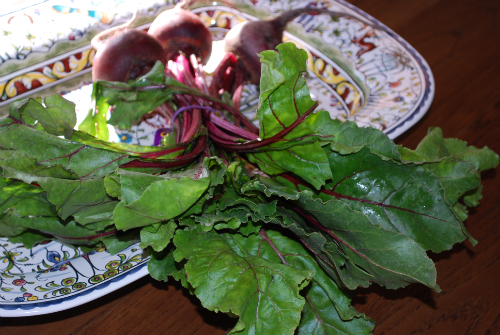

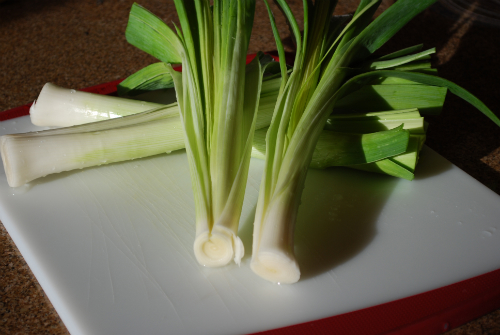
The special round Challah signifies the circular ending and beginning of the years. A ceremonial cooked fish head represents the ideal of always being at the head and not the tail; a leader not a follower.
To start, we make a blessing on the wine we have chosen to showcase. Next, tear the yeast scented raisin Challah, better then cake, into moist strands, and drizzle honey on top. Purchasing five or six different kinds of honey and placing them in small glass bowls so guests can see the color variations, makes for a fun tasting. I might try dark rich avocado honey, familiar clover, aromatic sage, perfumed orange blossom honey, and or earthy buckwheat honey. Following the Challah, we dip apples, from the new fall crop, in the honey. Crispy green Macintosh, sweet Honey Crisp, apple pie tasting Pink Ladies, and Jona Golds are all great choices. I use several with different tastes and colors.
Proceeding with some symbolism of biblical expressions, I make Kufte de Prassa; leek and ground beef patties, fluffy and lightly crisp, so that we may vanquish our enemies. Sticky and moist Medjool Dates also just fresh from harvest, bring a good omen for peace, and vivid fuchsia colored beets represent overcoming adversaries. We eat spinach to symbolize the removal of threats. Fresh fish is served so that we may multiply like fish in the sea. To evoke thoughts of autumn, pumpkin filled borekas represent a petition to God, to tear up any evil decrees and to guard and protect us in the coming year. 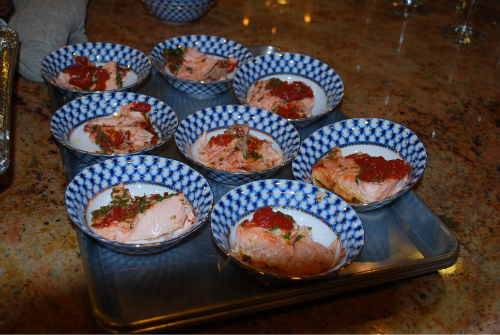
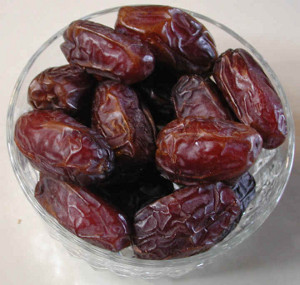
Main Courses are Easy to Prepare
Once we all have declared our desire to be inscribed in the Book of Life for the coming year and the tablecloth has honey dripped on it, along with plenty of Challah crumbs, it is time to serve the main course. I choose easy to prepare straight forward modern fare that is never the less mouth-watering and appetite inspiring. The smells coming from my kitchen announce to all the guests that there are more delights to come for the ones willing to eat a little more. Instead of a traditional main course, I might make the following for dinner:
Prime Rib with Sumac and Garlic Rub
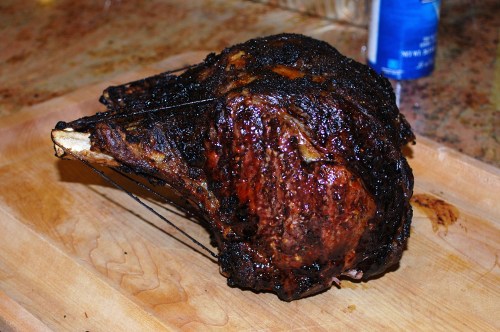
Roasted Whole Citrus Chicken
Brown Rice with Curry and Anaheim Chili
Roast Fennel with Shitakes and Figs
Steamed Blue Lake Green Beans
Fruit and Sweets for Dessert
I round out the feast with honey flavored sweets, varieties of grapes, and melons such as Casaba, or Persian, restful green and palate cleansing Honeydew, or orange colored Crenshaw melon. Along with honey cake, moist and dense with coffee, I make Travados; a ground nutmeat turnover, akin to baklava in a compact mouthful, baked and then simmered in honey flavored syrup. Sweetened mint tea with fresh mint leaves, brewed until just before the tannin comes out, is a fine accompaniment. If you want to make a more elaborate sweet table, you might try adding chocolate cake or brownies, sweet potato cake with maple icing, apple cake, a plate of dried fruits, roasted nuts and some kind of frozen desert such as a sorbet bomb. More dessert is always great!
Once I’ve served this splendid repast, and Nona, aunts, uncles, cousins, and my boys, are contented and reflecting on what the New Year will bring, I know that the tradition is secure for another year. I am happy in seeing all my loved ones satisfied. The acknowledgement that life is not to be taken for granted but appreciated in all its glorious detail has been made. Now I relax, enjoy the conversation, and pretend I am back in the Mediterranean somewhere near an inky black shore with stars overhead, reclining on silken embroidered Turkish pillows with an intricately woven Kilim rug underfoot.
Be sure to have help, after the guests leave, or even the next day, with washing all those little plates.
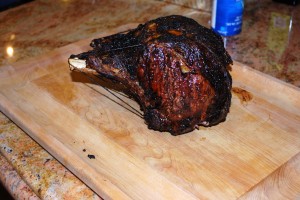
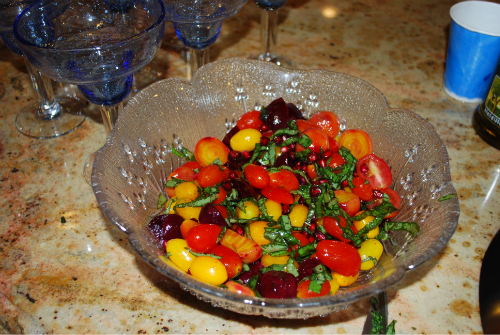
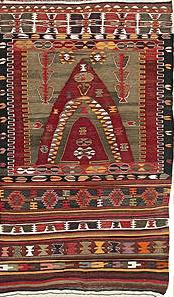
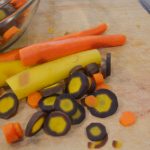
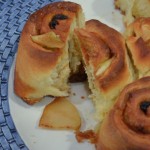
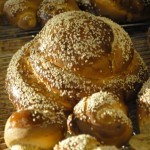
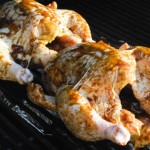
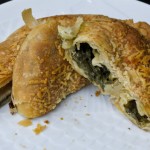

LOVE the menu ideas! Thank you for including the Yehi Ratzones!!! Many thanks, Linda!
Tizku Leshanim Rabot!!!
~Marcia
Linda do you have a recipe to share for pumpkin filling for burekas ( or filas)??
Hi Marsha, I will post the recipe on the blog under recipes. I make a simple filling, just pumpkin, egg, sugar and a little cinnamon.
http://www.theborekadiary.wordpress.com Linda L Sendowski linda@theglobaljewishkitchen.com 310-951-9419
Marsha, Tizku Leshanim Rabot, Lots of Love Linda
http://www.theborekadiary.wordpress.com Linda L Sendowski linda@theglobaljewishkitchen.com 310-951-9419
My famiy took the same route as yours in 1492! ☺
Tizku Leshanim Rabot!!! ♥
Dear Linda,
This recipe brought tears to my eyes. My mother and Nona made great Borekas when they were both alive. My mother made them all with potato, spinach, cheese, etc. She also made the créme brulée the way the Cairenes from Cairo made it in the old days. The Konafa, Basbousa and the Kahka were the best!
I must get back to our Sephardic foods, especially since I’m the author of the novel Flower from Castile Trilogy, and why the Sephardim must carry on the traditions, cooking and ways of olden days.
Thank you for the memories and Happy Rosh Hashana.
Hi Linda,
Do you have the recipes for the menu items you include? I would love to make all of them for our 2013 celebration.
Thank you, Laurie
Dear Laurie, Most of the items on my menu have been posted before. If you go to the recipe index header on the website you should be able to find the recipe. I apologize for not making the names hot so you could just click to link, but I was in a rush since we were leaving on vacation.